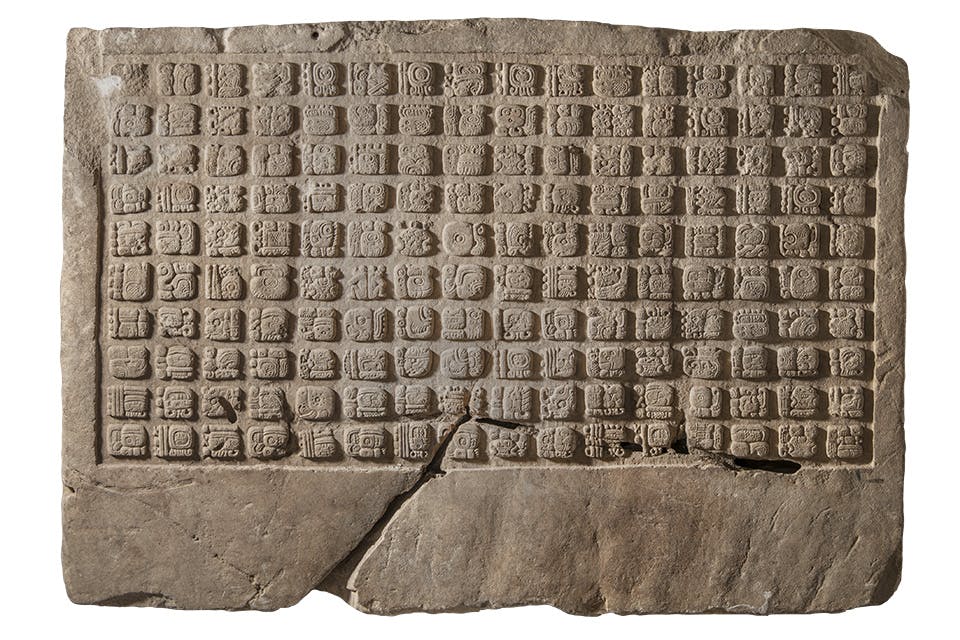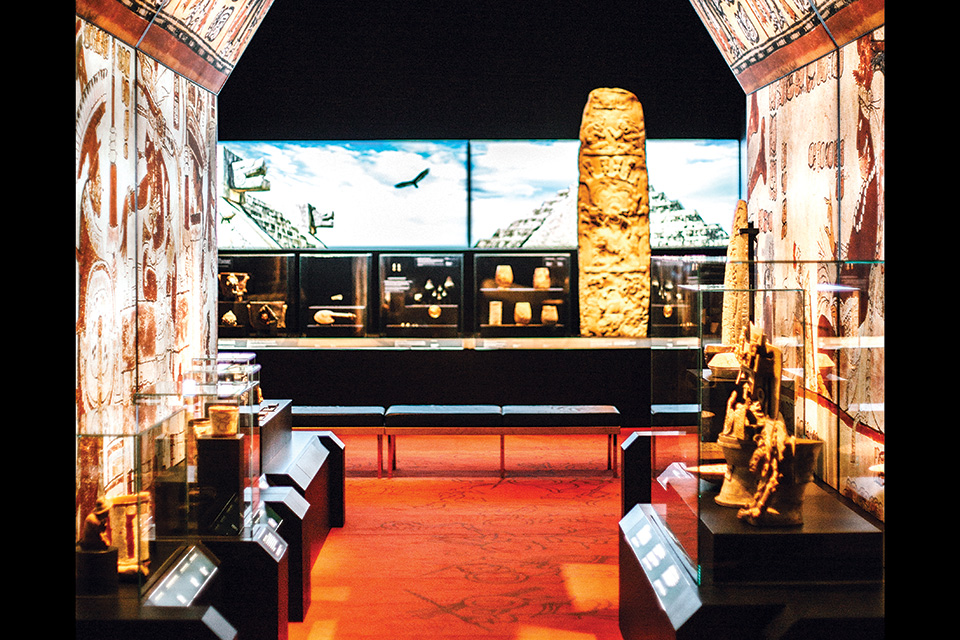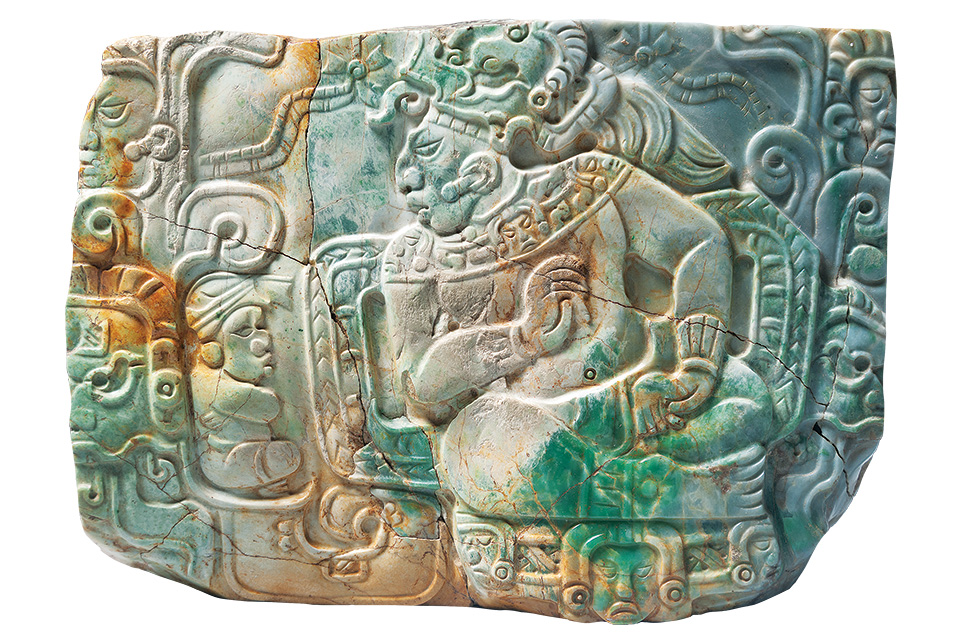Arts
‘Maya: The Exhibition’ in Cincinnati
Union Terminal hosts the U.S. premiere of more than 300 artifacts from the ancient culture that show its influence on the world.
Related Articles

New Book Details Origins and Evolution of Dayton’s Carillon Historical Park
The destination’s vice president of museum operations Alex Heckman and curator Steve Lucht wrote the 222-page, hardbound coffee-table book. READ MORE >>

See ‘Heartland: The Stories of Ohio Through 250 Objects’ in Lancaster
The Decorative Arts Center of Ohio hosts an artifact-focused exhibition that tells the story of our state through a collection of family keepsakes and iconic inventions. READ MORE >>

See ‘The Triumph of Nature: Art Nouveau from the Chrysler Museum’ at the Dayton Art Institute
This exhibition, which runs through Jan. 11, showcases more than 120 works that explore our connection with nature. READ MORE >>






